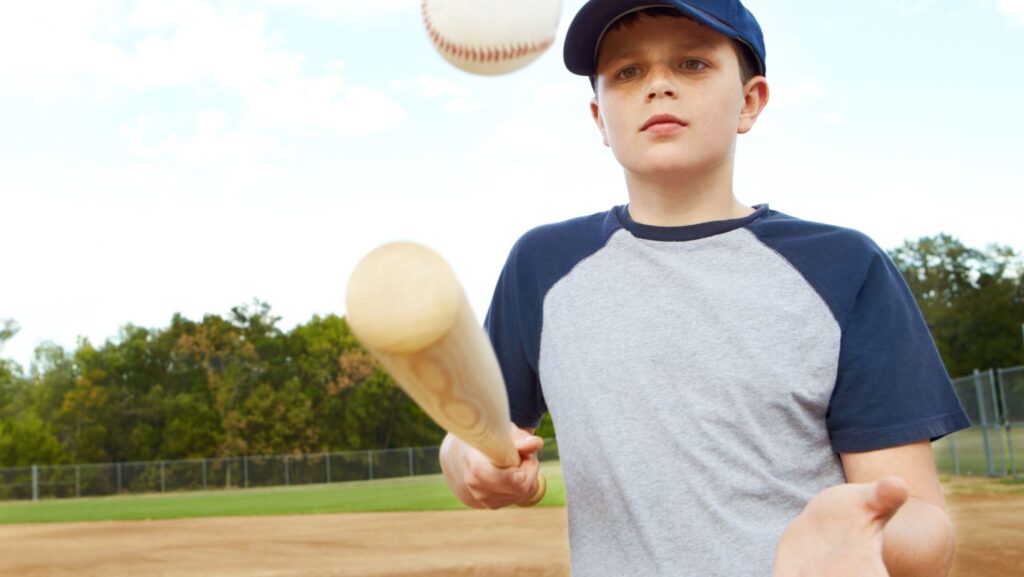Hand-eye coordination is a crucial skill that impacts many aspects of daily life. From tying shoelaces to writing, this ability allows us to perform tasks with precision and efficiency. Occupational therapy offers numerous activities to enhance hand-eye coordination, benefiting both children and adults.
Simple occupational therapy exercises can significantly improve hand-eye coordination and overall motor skills. These activities often involve everyday objects and can be easily incorporated into daily routines. Paper-based activities, such as tearing, folding, and cutting, provide excellent opportunities to practice coordination. Threading beads or completing lacing cards are also effective in developing fine motor skills while engaging visual focus.
For those seeking calming OT activities for hyperactive children, occupational therapists may recommend exercises that combine visual tracking with controlled hand movements. These activities can help improve focus and reduce hyperactivity while developing essential coordination skills. By tailoring activities to individual needs and interests, occupational therapy can make the process of improving hand-eye coordination both effective and enjoyable.
Disclaimer: This article provides general information and is not a substitute for professional advice. Please consult an occupational therapist for personalized guidance.
Key Takeaways
- Occupational therapy offers simple, effective activities to enhance hand-eye coordination
- Activities can be tailored to individual needs, including calming exercises for hyperactive children
- Regular practice of coordination exercises can lead to improved motor skills and daily functioning
Essential Occupational Therapy Exercises for Hand-Eye Coordination
Occupational therapy offers a range of exercises to enhance hand-eye coordination, improving dexterity and visual-motor integration. These activities target fine and gross motor skills while promoting cognitive development.
Threading Beads and Lacing Cards
Threading beads onto strings or completing lacing cards are excellent activities for developing hand-eye coordination. These tasks require precise finger movements and visual focus. Start with large beads and thick strings for beginners, gradually progressing to smaller beads and thinner strings as skills improve.
Lacing cards with various shapes and designs challenge visual perception. They help strengthen fine motor skills and bilateral coordination. Encourage creating patterns or following specific sequences to add complexity.
For older adults, these activities can maintain dexterity and cognitive function. Use contrasting colors to enhance visual discrimination.
Structured Catching and Throwing Activities
Catching and throwing exercises significantly boost hand-eye coordination and gross motor skills. Begin with soft, large balls and short distances. Gradually increase the difficulty by using smaller balls and greater distances.
Incorporate targets or goals to enhance precision. Use different types of balls (tennis balls, beach balls, bean bags) to vary texture and weight.

For bilateral coordination, practice catching with both hands, then progress to one-handed catches. Throwing games can include tossing objects into baskets or hitting targets on a wall.
Handwriting and Copycat Drawing
Handwriting and copycat drawing activities improve fine motor control and visual-motor integration. Start with tracing letters or simple shapes, then progress to copying them freehand.
Use various writing tools (thick markers, pencils, crayons) to challenge grip strength. Incorporate different paper textures and lined guides to enhance sensory input and spatial awareness.
Adults should practice cursive writing or calligraphy to maintain dexterity. Copycat drawing exercises can range from basic geometric shapes to complex designs, promoting visual perception and precision skills.
Building Blocks and Puzzles
Building with blocks and completing puzzles enhance spatial awareness and fine motor skills. Start with large blocks for younger children or those with limited dexterity. Gradually introduce smaller pieces and more complex designs.
Encourage creating specific structures or patterns to challenge visual perception. Use blocks with different textures or weights to add sensory elements.
Puzzles range from simple peg puzzles to complex jigsaw puzzles. They promote problem-solving skills and visual discrimination. For adults, 3D puzzles or intricate designs can maintain cognitive function and hand-eye coordination.
Developing Coordination Skills Across Different Stages
Hand-eye coordination evolves throughout life, with distinct challenges and opportunities at each stage. Effective strategies can enhance this crucial skill from childhood through aging.
Child Development and Hand-Eye Coordination
Children develop hand-eye coordination through various activities and experiences. Infants start by reaching for objects, gradually refining their movements. Toddlers improve coordination through play, stacking blocks, and using simple utensils.

Preschoolers benefit from activities like:
- Coloring within lines
- Cutting with scissors
- Catching and throwing balls
These tasks enhance visual tracking and spatial awareness. Elementary-age children further refine skills through:
- Sports
- Video games
- Crafts
Occupational therapists often use fine motor kits with themed activities to engage children. Water play can improve sensory tolerance and coordination. For children with developmental delays, targeted exercises help strengthen reflexes and gross motor skills.
Improving Coordination in Aging Populations
As people age, maintaining hand-eye coordination becomes crucial for independence and safety. Regular exercise helps preserve and enhance coordination skills. Specific activities for older adults include:
- Jigsaw puzzles
- Knitting or crocheting
- Computer games designed for cognitive stimulation
These tasks promote visual tracking and fine motor control. Occupational therapy for seniors often focuses on functional tasks like:
- Buttoning clothes
- Using utensils
- Writing
Balance exercises are essential, combining visual input with physical movement. Tai chi and yoga can improve coordination and spatial awareness. Therapists may use adapted tools to assist with daily activities, gradually increasing difficulty to build endurance and skill.
Conclusion
Hand-eye coordination is a crucial skill that can be improved through simple occupational therapy activities. These exercises range from traditional fine motor tasks to more advanced technological approaches. Regular practice of these activities can lead to significant improvements in daily functioning and independence.
Occupational therapists play a key role in designing and implementing effective hand-eye coordination programs tailored to individual needs. By incorporating a variety of engaging exercises, patients can enhance their visual-motor skills and achieve better outcomes in their daily lives.
